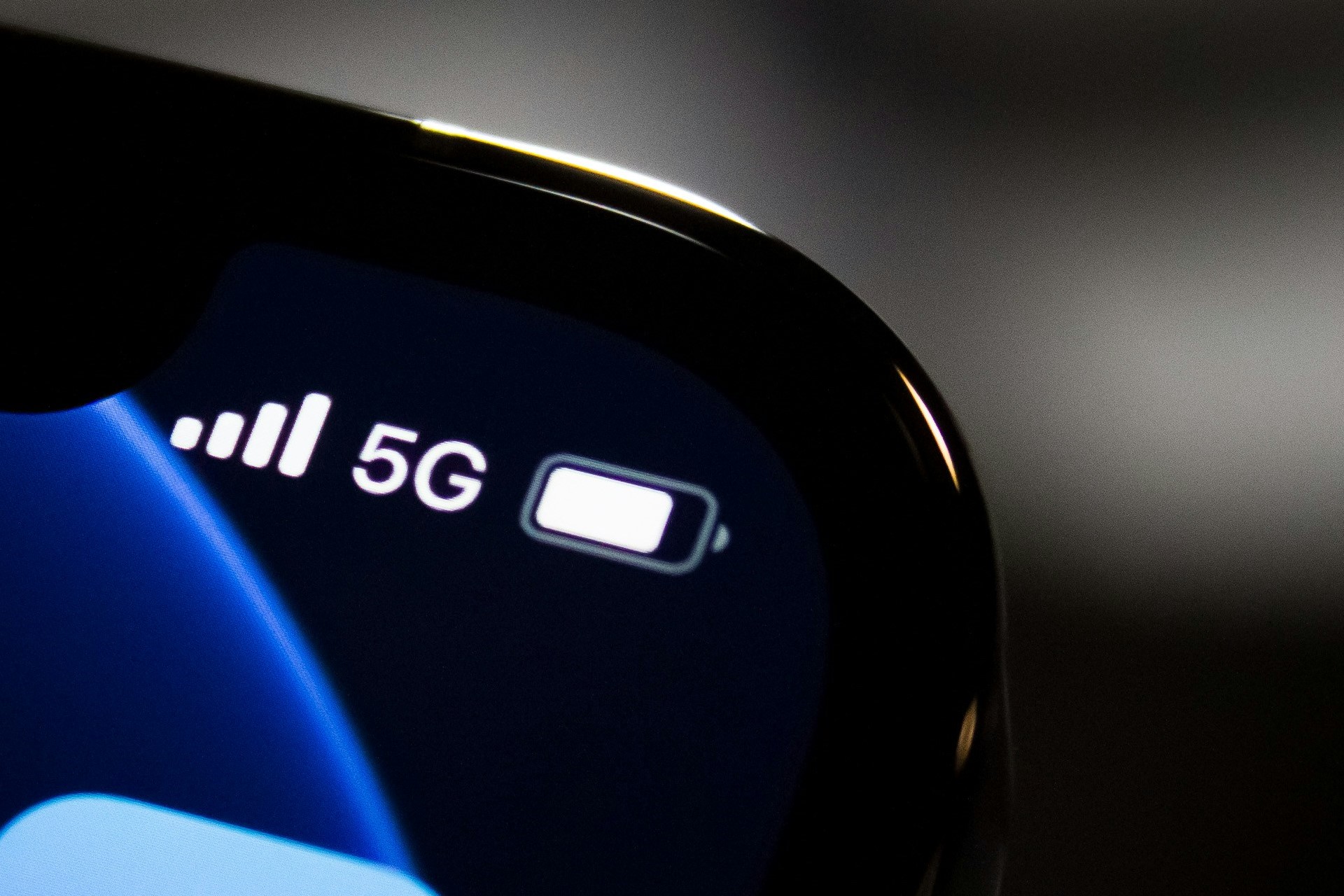Learning to code is time-consuming and creates the potential for human error. But what if you could create programs without any code at all? Codeless programming makes this possible.
As the Internet of Things (IoT) develops, there is less need for complicated coding syntax, and coding languages have become closer to spoken English, reducing the need for programmers to have coding knowledge.
Codeless programming is exactly what it sounds like – creating programs without using knowledge of coding. Today, people can build apps with drag-and-drop interfaces, utilizing templates to create something new. There are many varied uses for codeless programming.
1. Personalize Smart Home Devices
The Amazon Echo and Alexa are changing how we interact with our homes. However, what is even more interesting is the ability for non-technical individuals to create blueprints in a codeless programming environment that customize how Alexa works.
The homeowner pulls a Blueprint from Alexa and customizes it for their own needs. With this type of programming, anyone could potentially create a game for the family to play at the next gathering or leave directions for the pet sitter on how to care for the family dog.
2. Create a Basic App
Those who want to create a simple app for mobile devices have the option of using no-code platforms that allow them to drag and drop different elements to build an app. This technology enables anyone with an idea to get it out there.
Of course, more advanced elements do require some hands-on coding, so it isn’t yet entirely codeless, but software such as Ionic Creator or Shoutem allows entrepreneurs to test out an idea before putting it out into the world.
3. Learn Like a Human
Many of today’s technologies make use of artificial intelligence (AI) capabilities. AI functions in some of the same ways a human does, learning as it tries different tasks and solving problems on its own.
Bots on sites such as Facebook gather information, organize it and utilize it to deliver content and advertising to the end user. The AI program does all the work in the background, rather than a human calling the shots.
4. Use Pre-Packaged Code
While the term “codeless” makes one think there is no coding involved, this isn’t technically true. The coding is pre-written and pre-packaged in a way that you can grip snippets of it in a WYSIWYG, or what you see is what you get, format and utilize it for your own purposes. Someone somewhere did write the original code.
Even though the world is becoming technologically advanced and the average person without technical knowledge can accomplish tasks once only coders could, there is still a need for written code and more advanced coding skills. Coders will likely always be needed to keep the backend running the way it should.
5. Create Websites Easily
Small businesses may not have the funds to hire a web developer, but with AI-based web design, getting a website online is simple. The user simply answers questions as the bot comes up with templates that work for that particular business.
Once the bot chooses a template, it then asks for info such as the business name, logo and other essential content. Drag and drop interfaces further allow non-techy business owners to flesh out a professional-looking website.
Why Use Codeless Programming?
Learning advanced coding languages takes years of practice. Even then, it’s easy to make minor mistakes that throw the entire software out of sync. However, with codeless programming, you can accomplish tasks for your business in a fraction of the time and often far more affordably. Codeless programming allows you to put less energy into technical work and more on building your business.
Recent Stories
Follow Us On
Get the latest tech stories and news in seconds!
Sign up for our newsletter below to receive updates about technology trends















